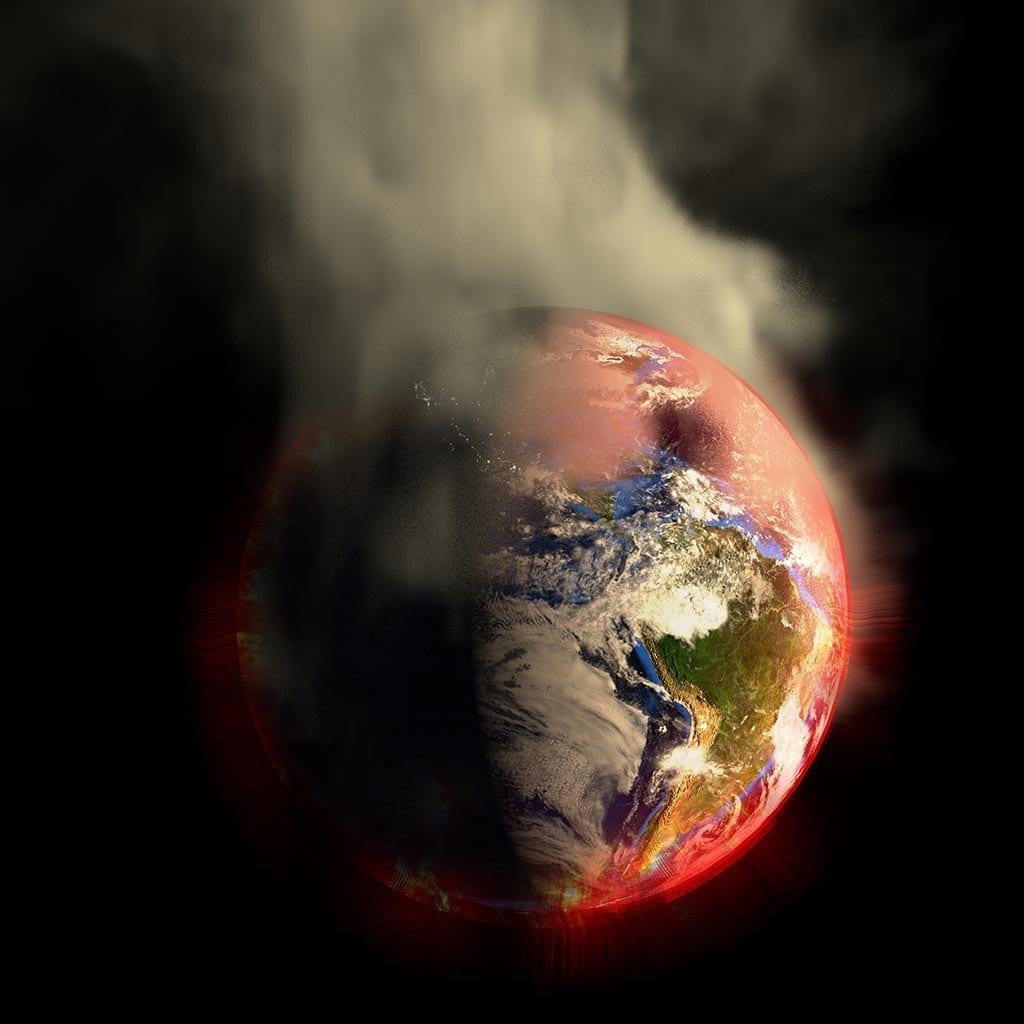Ecological disturbance caused due to Climate Change is behind the Uttarakhand Tragedy!
The latest Calamity in Uttarakhand has once again turned the spotlight of the impact of Ecological disturbance and the raising concerns on climate change in our society. On February 7, a portion of Nanda Devi glacier broke off, leading to severe floods that washed away villages and damaged power plants. Around 200 people are still missing, and many of them are now feared dead.
States and the Centre need to take a long-term approach on infrastructure project-planning. This will have to start with the mapping of vulnerable areas and choosing the least disruptive, least environmentally-exacting course of action, even if it means dedicating significantly higher resources.


Scientists are yet to conclude what caused the sudden flooding of the Dhauli Ganga river in Uttarakhand’s Chamoli district on Sunday—150 people have been reported missing and the entire Tapovan hydel project has been washed away. Experts cited in various media reports, however, say the blame squarely rests with the failure to draw a balance between fragile ecosystems & topography and development imperatives, compounded by climate-change effects. While ‘glacial lake outburst flooding’ triggered by a recently reported avalanche in the region has also been suggested, some experts are sceptical since no big glacial lakes have been mapped there.
Even so, the possibility that warming could have led to formation of hitherto undetected proglacial lakes would indicate some role played by climate change, which could have been exacerbated by development projects upsetting a topography that is sensitive to what may seem as minor changes.
In July 2020, experts had warned about melting of glaciers in the Nanda Devi region. A study by IIT Kanpur and Dehradun-based Wadia Institute of Himalayan Geology shows nearly 26 square kilometres of the glaciated area of Nanda Devi region was lost in 37 years.
“Also study reveals that the glaciers of the valley lost 26 km² (10%) of the glaciated area between 1980 and 2017. The total glacierized area in 2017 is 217 km², which is 26% of the total area. However, during the same periods (1980-2017) the Equilibrium Line Altitude (ELA) of the glaciers fluctuated between 5200 and 5700 m asl (meters above sea level). The present study suggests that the glaciers in the region have responded to deprived precipitation conditions since 1980,” the study published in July 2020 said.
The shrinking of the world’s ice is now following the worst-case climate change scenario outlined by the Intergovernmental Panel on Climate Change; a study by researchers at the University of Leeds has found that the world has lost a whopping 28 trillion tonnes of ice between 1994 and 2017.
For perspective, that is over 1.2 trillion tonnes of ice lost per year over a little more than two decades, while the ice-loss figure was 800 billion tonnes till then. Various experts, both government and private sector, cited in an article in the Times of India, have voiced concern about climate change effects in the Himalayan ecosystem, saying there are clear signs of temperature increases that add to the risk of glacier-related flooding.
Against this backdrop, the construction of hydel projects, and related development activity, in vulnerable regions needs closer scrutiny and careful weighing against alternative models. In the 2013 floods in the state, scientists had raised questions over the assessment of environmental impact of such projects and their role in exacerbating natural disasters.
The role of unplanned development was also flagged in Kerala floods of 2018 and the Kashmir floods of 2015. Indeed, a Supreme Court appointed committee, as per media reports, had warned against hydel projects over an altitude of 2,000 metres, saying such developments could result in disasters; it had recommended the cancellation of 23 out of 24 projects under way at the time.
Without reassessing the environmental cost of development—more so in hilly regions—and factoring in much-earlier-than-anticipated effects of climate change, India is likely to see more such disasters. States and the Centre need to take a long-term approach on infrastructure project-planning. This will have to start with mapping of vulnerable areas and choosing the least disruptive, least environmentally-exacting course of action, even if it means dedicating significantly higher resources.
As India tries to change course on energy production, it will also need to aggressively push a climate-forward agenda for the rest of the globe. Reducing the carbon output of the national economy may be ‘doing our bit’, but the time for piecemeal action is long over.









You, my pal, ROCK! I found just the information I already searched all over the place and simply could not locate it. What a great web site.